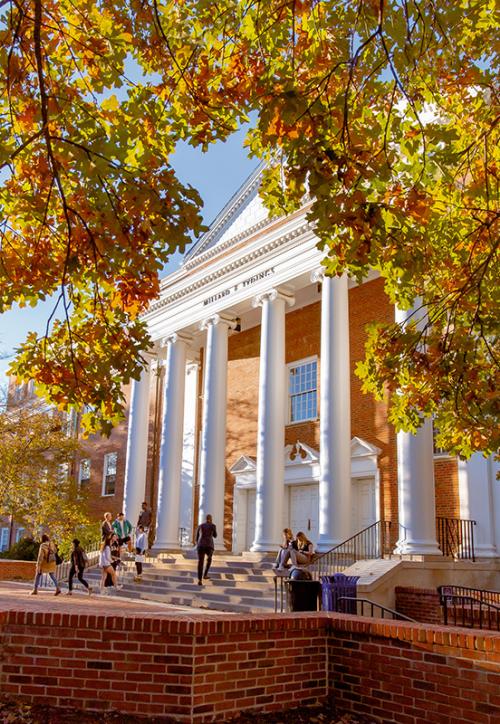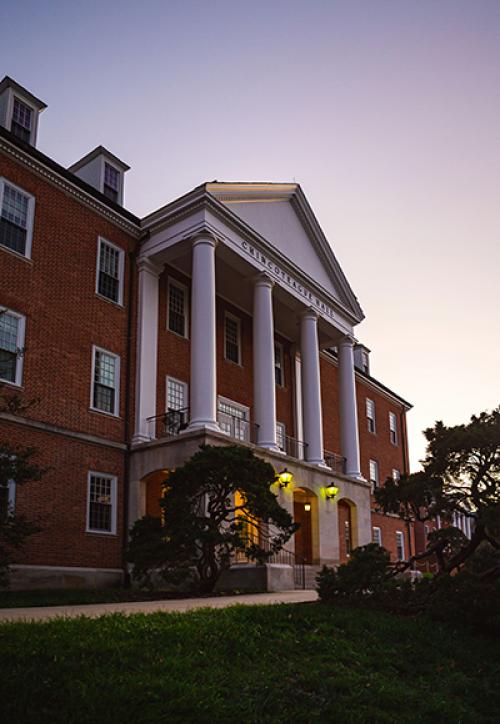GEOG, NASA Researchers Explain Amazon ‘Green-Up’ Illusion
For nearly a decade, scientists have closely examined satellite data in which the Amazon rainforest appeared to paradoxically “green up” during the region's dry season. How could vegetation appear to thrive and grow lusher during a season with little or no rainfall?
Dr. Jyoteshwar R. Nagol, a Research Associate with the Department of Geographical Sciences, is one of the lead authors of a NASA/UMD study published in Nature that explains this mystery. The team found that the appearance of increased canopy greening is not a natural phenomenon, but is rather an optical illusion. Not smoke and mirrors, but rather shadows and satellite positioning.
“The apparent greening is actually due to seasonal changes in sun’s orientation, which leads to a systematic change in the amount of shadow being cast within forest canopy layer—and the amount of it being observed by the satellite based sensor,” Dr. Nagol explains. “These results help us get better insight into the spatio-termporal patterns and processes driving seasonal variations of vegetation structure and productivity of Amazon forests.”
This study also challenges some interesting hypotheses that were previously developed to explain the green-up phenomenon, such as the seasonal exchange of canopy leaves, since young leaves reflect more infrared light than older leaves, or an overall increase in the amount of leaves in the canopy.
These findings may have an impact on the ways in which scientists will study seasonal changes in rainforests and other ecosystems.
Read the article in Nature here.
Image above: This natural-color image shows the importance of sun-sensor geometry. On the left, sunlight is backscattered by the Amazon rain forest, making green leaves appear brighter in some areas.
Published on Mon, Feb 17, 2014 - 1:11PM



